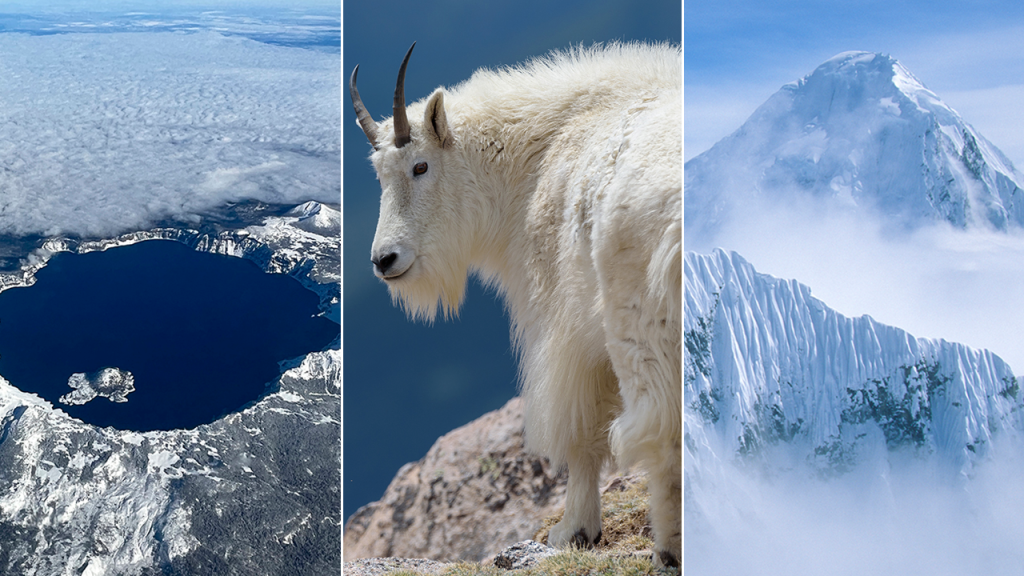National Park Week is a time to celebrate the beauty of the great American outdoors and appreciate the stunning landscapes and historic sites that the U.S. park scene has to offer. While many well-known facts and features of national parks are widely recognized, there are also many lesser-known facts that make these parks truly unique. The National Park Foundation emphasizes that these parks hold many meanings and connections for visitors, reflecting our shared history, sense of discovery, and dreams of the future.
The National Park Service protects over 85 million acres of natural resources and historic sites across the country, with the largest national park being Wrangell-St. Elias in Alaska, which is the same size as Yellowstone National Park, Yosemite National Park, and Switzerland combined. Mackinac National Park, America’s second national park founded in 1875, was returned to the state of Michigan in 1895 and is now known as Mackinac Island State Park. Death Valley National Park holds the record for one of the hottest temperatures recorded on Earth, reaching 134 degrees in 1913. Dry Tortugas National Park in Florida is home to an abundant sea turtle population, with five species nesting in the area annually.
Mammoth Cave National Park in Kentucky boasts the longest cave system in the world, with 426 mapped miles discovered to date. First State National Historic Park is Delaware’s only national park and was formalized by an act of Congress in 2015. Yellowstone National Park is known for three of the world’s largest volcanic eruptions, occurring millions of years ago. Carlsbad Caverns National Park in New Mexico is home to Lechuguilla, the deepest cave in the country with more than 145 miles of passages. Kalaupapa National Historic Park in Hawaii was once a leper colony on Molokai Island, where patients still live by choice.
Wind Cave National Park in South Dakota was the first cave in the world to be designated as a national park in 1903. Crater Lake National Park in Oregon contains the deepest lake in the U.S., created when a peak collapsed due to an eruption 7,700 years ago. Olympic National Park in Washington has had no bear-related deaths, but a mountain goat killed a hiker in 2010, indicating potential aggressive behavior due to loss of fear of humans. Hawaii Volcanoes National Park on the Big Island is home to Mauna Loa Volcano, the largest volcano on Earth, standing 13,681 feet above sea level.
The Grand Canyon, part of Arizona’s Grand Canyon National Park, is known as one of the Seven Natural Wonders of the World, encompassing over 1.2 million acres of land. White Sands National Park in New Mexico contains the world’s largest gypsum dune field, with rolling white sand dunes spanning 275 square miles of desert. These lesser-known facts about national parks highlight the diverse and unique features that make each park a special and significant part of America’s natural and cultural heritage. Celebrating National Park Week is an opportunity to explore and appreciate the splendor of these incredible landscapes and historic sites.


